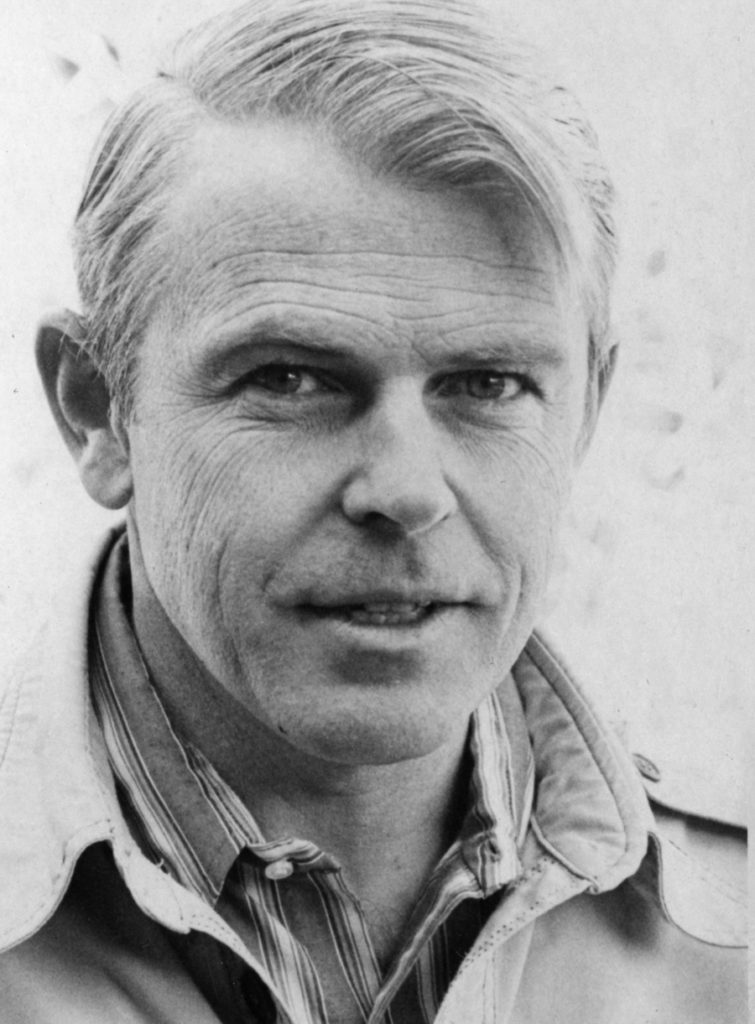David Barbee: Student-Centered College

Photo courtesy Aspen Historical Society
David Barbee goes back a long way with Colorado Mountain College. A long way. In fact, he was there at the very beginning, when CMC was a glimmer in the eyes of a small group of citizens who wanted to bring higher education to the West Slope.
At the time, David was the principal at Aspen High School. As an educator he had strong opinions about how education should be offered.
In fact, David and the early planners agreed early on that the area did not need a junior college. Rather it needed an institution to serve the needs of the entire college district: continuing education for professionals, workforce training for area businesses or vocational training for those who wanted something other than a four-year college degree.
David’s philosophy, which he urged the original planning committee to embrace, was to develop a student-centered approach that adjusted teaching to individual learning styles. It was education for the entire community.
He called it a systems approach. “The idea was that everyone can learn but they need the right environment. You can’t teach everyone the same way. So training programs had to be developed that were outcome-based. Sometimes the teaching matter had to be adjusted,” he said.
In order to serve the student best, the college needed to be flexible in the way it delivered its programs, and measure the outcome of those programs. For example, if a student took a welding course, he had to demonstrate that he could “solder a joint,” David said, not just that he had read about soldering.
Scores of meetings were held, philosophy was debated, and David got his point across. The experience of being on the ground floor of this newly fledged school was a sense of excitement. “I felt we were really plowing new ground.”
After the 1965 election when the school was approved by the voters and five members appointed to the governing board, David was appointed to the presidential search committee. He convinced his colleagues to look for someone who employed the systems approach, the student-focused, non-traditional way of teaching.
He recounted a trip at that time to a community college in the southeast. His partner was Pat Harvey, an ex-FBI agent who had become a financial officer at the Climax Molybdenum mine near Leadville. Harvey suggested they use the tried and true FBI investigative technique by first visiting the town barbershop and drug store to gauge local opinion about the school.
David used the same approach, he said, when visiting Oakland Community College outside Detroit. As he was checking in to a nearby motel, he noticed family pictures in the living room which also served as the reception area. He pointed to the photographs of several students wearing caps and gowns, and asked if they attended Oakland Community College. The woman answered emphatically no, she wouldn’t send her kids to a school that used TV and tapes to teach the students.
That was just what he wanted to hear, a school that used any and all means to teach. “I said, we just found our president.” The new, first president, was Joe Davenport. He was all about a systems approach. Tragically, Davenport died in an airplane crash near Glenwood Springs after less than two years on the job.
In 1970, David went east to continue his own education. After receiving a doctorate he returned to the valley and the CMC board of trustees in 1970, serving until 1978.
